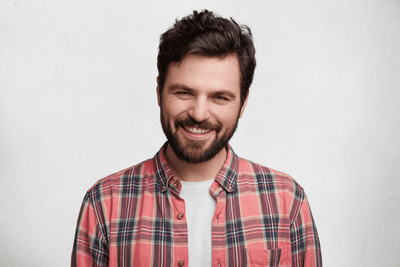How to make custom animation on hover
What you’ll learn:
Making animation using mouse:hover
A beautiful website is very important to make yourself be seen and to draw your viewers’ attention. A pleasant-looking website will encourage your potential clients to stay longer and just like dinosaurs from that one movie, the only thing that will speak to them is movement. So let’s make our website move.
Making animation using mouse:hover
There are a lot of different ways to make a website animate and we’ll go over a few of them starting from the easier ones. A hover is a state of widget elements that can be triggered by a mouse cursor hovering over them. We discussed this feature in a separate tutorial, here we are going to see an example on how we can apply this knowledge in our projects.
Hover state for your elements will encourage users to interact with the website, which will result in higher engagement on their part. Of course animating as many elements as possible would be ideal, but like with all things in life, too much can be overwhelming, so try to find that balance.
When it comes to the hover there are a number of ways you can incorporate it to your project, for example changing the color of your buttons, underlining your links, or revealing hidden content on your pictures. Here we’ll try to make a tile highlight to improve your informational sections.
Let’s start by creating our first informational tile, which we’ll later copy multiple times. The content doesn’t matter, we’ll focus on animating the tile itself.
Build content inside tailored towards your needs.


Advanced: Selectors and Classes

Now when you hover over the element, it will react and change its styles, making your website more dynamic.



